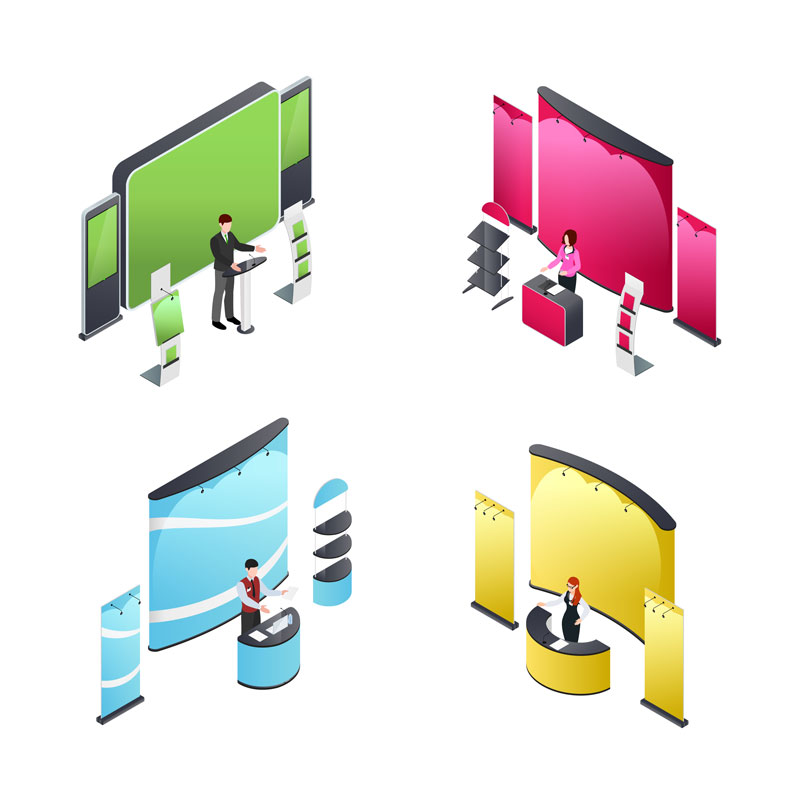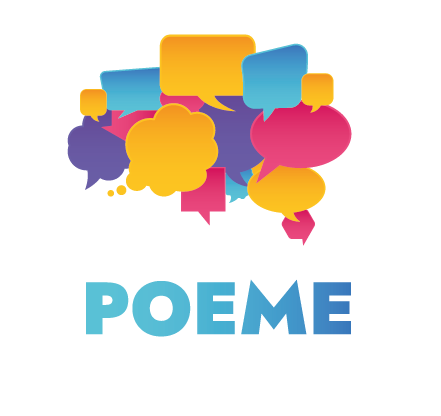Blended exhibitions combine physical and digital elements to create a unique and interactive experience for visitors. They are an interesting alternative to so-called traditional exhibitions, because they offer an immersive experience that combines the best of both physical and digital worlds. Among some main advantages of blended exhibitions, we can mention:
– greater accessibility that opens them to a wider audience,
– interactivity: blended exhibitions offer a high level of interactivity, which can make them more engaging and interesting for visitors. Interactive digital elements such as videos, audio recordings, and interactive displays can provide a more immersive experience and help visitors connect with the artwork and its message
– flexibility: blended exhibitions offer greater flexibility in terms of their format and content. They can incorporate a range of media, including text, images, videos, and interactive elements, which can create a more diverse and engaging experience for visitors
– education: blended exhibitions can be used as an educational tool to help visitors learn about a particular subject or theme. The combination of physical and digital media can make the learning experience more engaging and memorable (to read more about blended exhibitions in the educational settings, check out our December article)
– innovation: blended exhibitions represent an innovative approach to exhibition design that combines traditional exhibition techniques with cutting-edge digital media. This can be particularly interesting for visitors who are interested in the latest technology and its application in the arts.

Blended exhibitions become more and more important in the art world. Their adaptability makes them particularly attractive to the world that, after COVID-19 crisis od 2020, is shifting online. Below, you can read about some examples of blended exhibitions from the art world. The list is non-exhaustive!
- The Virtual Museum of Canada: The Virtual Museum of Canada is an online platform that features a wide range of digital exhibitions, including interactive exhibits, educational resources, and virtual tours of museums and cultural sites across Canada. The platform is accessible to visitors from around the world, making it an excellent example of a blended exhibition that combines physical and digital elements.
- Cooper Hewitt Design Triennial: The Cooper Hewitt Design Triennial is a physical exhibition that takes place in New York City every three years, but also has a digital component that allows visitors to explore the exhibition online. The digital component includes a website that features 360-degree views of the exhibition, as well as digital content that provides additional information about the artwork and artists.
- Museum of the World: The Museum of the World is an online exhibition that was created by the British Museum in collaboration with Google. The exhibition features a timeline that spans over two million years of human history, with digital artifacts and exhibits that can be explored in detail through the online platform.
- The Tate Modern: The Tate Modern in London is an art museum that has created a range of blended exhibitions, including physical exhibitions that feature digital components, such as interactive displays and video installations. The museum also has an extensive online platform that features virtual tours of its exhibitions, as well as digital resources and educational materials.
- The Smithsonian American Art Museum: The Smithsonian American Art Museum has created several blended exhibitions that combine physical and digital elements, such as interactive displays and multimedia installations. The museum also has an online platform that features digital exhibits, virtual tours, and educational resources that can be accessed from anywhere in the world.
We hope that POEME blended exhibitions will be the next, valuable resource that will enrich our list presented above.




